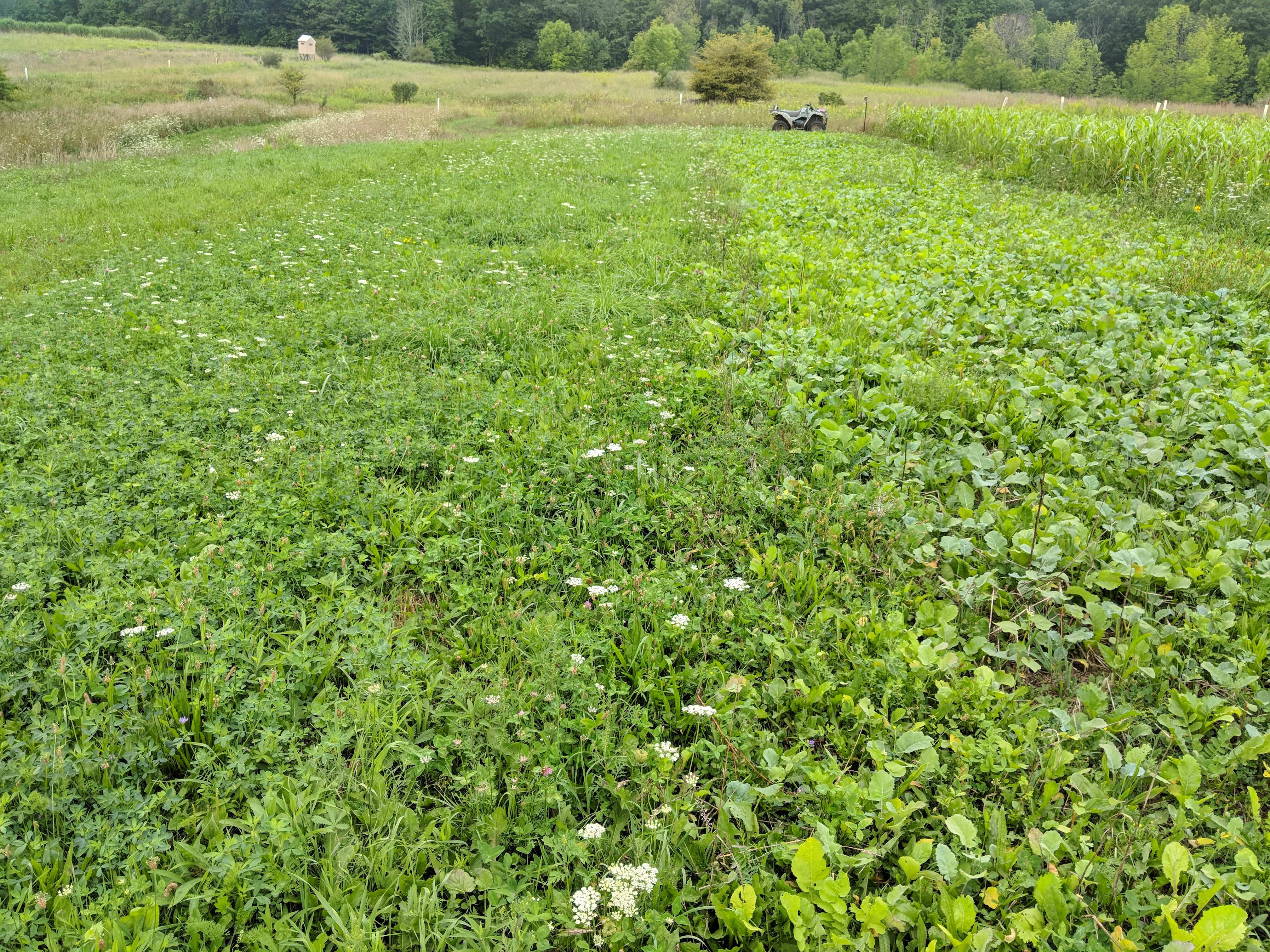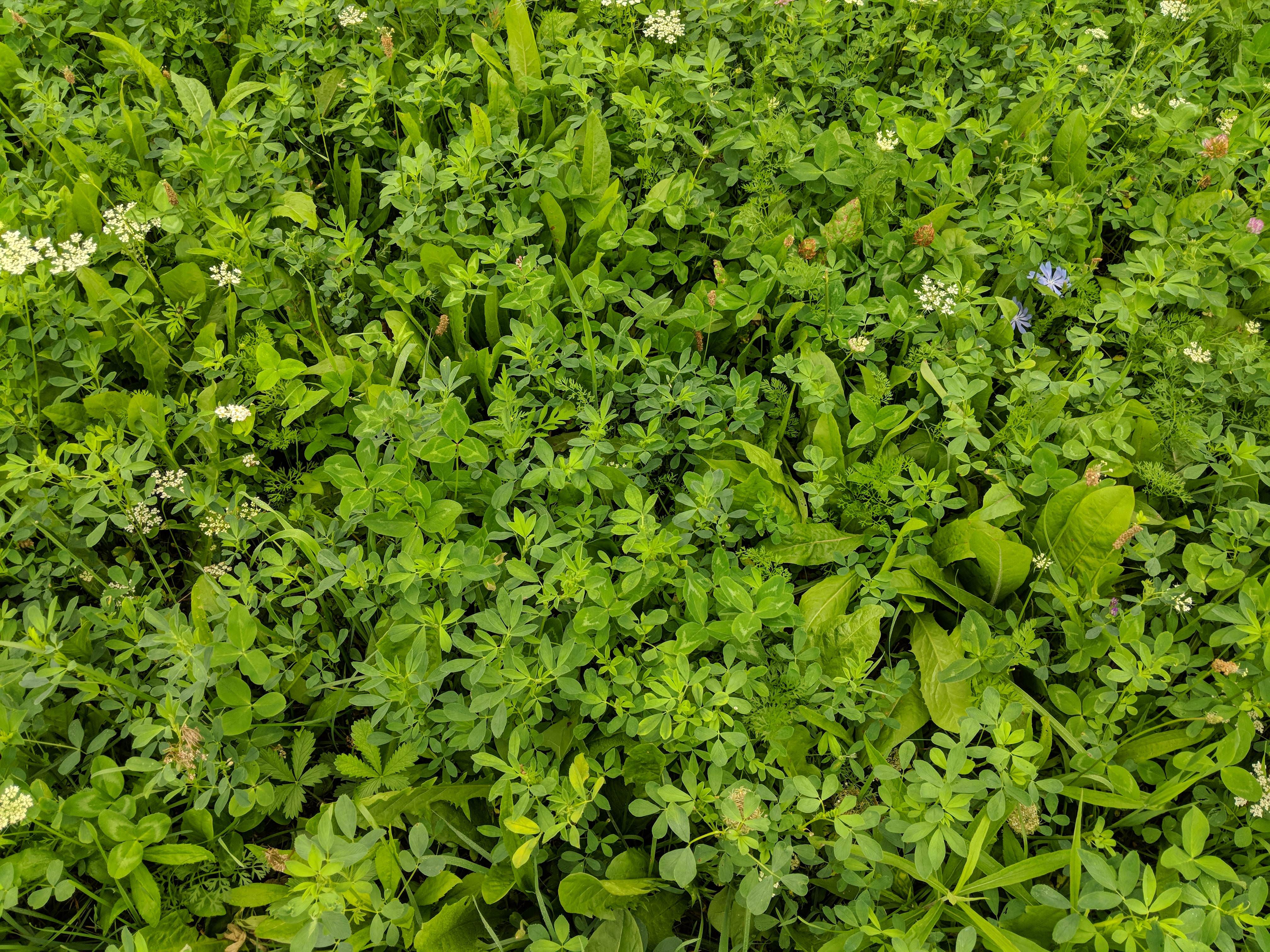I'm glad you started this thread. BOB mixes have a niche for guys planting small plot for attraction where the high per pound seed cost is not a significant factor because of the small area planted. In fact, the cost is often less then mixing your own when working with small qualities. There are lots of folks reading the forum that may not even join or post that are working with small acreage. This will be a great thread for them. This is often not the case for folks working at scale doing QDM.
I'm gong to make some cautions about BOB mixes. I know you know this, but other readers may not. I won't address the high per pound cost because that is not a factor for these folks, but on thing that is a big factor is Brand/Mix Name. Never bother with the brand or mix name on the bag. They are meaningless. Every bags of seed sold for planting requires a seed tag. It tells you what is really in the bag. Many companies will sell SuperMegaUltraHumungusBuckMix, or something like that. From year to year, what seed is actually in the bag may change significantly. Often this is done based on the price of seed that year. So, when someone says I love BrandX SuperMegaUltraHumungusBuckMix and you go out and buy it, you may be using something very different than they die last year or a few years ago.
Next, when you look at the seed mix, check for seed like ryegrass. Many BOB companies include ryegrass in their mixes. Deer will eat ryegrass but it is not high on their preference list. It is inexpensive and very hard to screw up. It will grow almost anywhere and can be very hard to get rid of in some areas under some conditions. BOB companies like to use it because it makes the uninformed very happy. No matter what mistakes they make, they end up with a nice green field and consider it success.
Finally, it is important for folks responding to this thread to put their location and USDA zone in their profile. A particular mix may do very well in one region and very poorly in another.
Ok, now for my recent (and on going experience). It is an in-between-er. It is Durana clover. It is not a mix but it is sold with a Buck on the Bag. I love the persistence and drought tolerant characteristics in my area. It is slow to establish. I mix it with Winter Rye (which is available to most folks locally) in 50 lb bags. Since it can be mixed with Durana at 60 to 100 lbs/ac, full bags work for the small plotter. I always plant in the fall which give clover a jump on summer weeds. The key to Durana is timely mowing of the winter rye the first spring to release the Durana. Each time the WR hits a foot or so, I mow it back to 6".
Good Thread Pep!
Thanks,
Jack



